Recording instruments is always challenging, because the sound is affected by nearly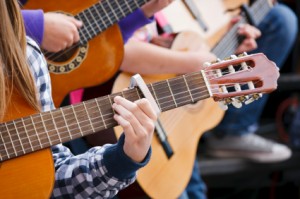 everything, ranging from the condition of the guitar to the acoustical qualities of your room, or studio. To achieve the desired tone, you will have to pay great attention to every little detail. Do to it’s nature and important role, a guitar may require even more attention then other instruments. Here are some recording tips that will surely be helpful:
everything, ranging from the condition of the guitar to the acoustical qualities of your room, or studio. To achieve the desired tone, you will have to pay great attention to every little detail. Do to it’s nature and important role, a guitar may require even more attention then other instruments. Here are some recording tips that will surely be helpful:
- If you don’t play the guitar, then after coming up with a good tune, riff, solo, song etc. try to find a great musician. It may seem simple, but finding someone who is skilled enough, plays in the desired style and has similar musical taste can be very challenging. If you will be playing the guitar, then plenty of practice is all you’ll need.
- The condition of the instrument is extremely important. Get rid of any dust or dirt, make sure your guitar’s strings are in great condition as well, change them if necessary.
- The third amongst recording tips is to use an appropriate pick. Although you most likely have a favorite option, which suits your style well, it is always wise to experiment. There is a huge contrast between i.e. a felt and a metal pick, be sure to choose one that enhances the quality of the recording the most.
- Get to know the room. The acoustical qualities of rooms vary, and may even change when someone enters it or if large objects (chairs, tables etc.) are moved. This is probably the most important amongst the recording tips, because it is principally responsible for the quality of the result, because of this, make sure that the tuning of your guitar is exclusively dependent on the given room’s acoustical qualities.
- Isolating your amps from the floor is also very important, because the vibration produced may add an artificial sense of low end. As a consequence you may have to do a lot of editing when finished with tracking, or in the worst case scenario your recording will sound muddy.
- Although there are usually both tone and EQ knobs on most amps, “playing” with these may cause sound to distort in unwanted ways. A rather simple method to avoid this is to use microphone placement as a tool of EQ-ing. By placing the microphone near the center of the cone, more low and high end sounds will picked up, on contrary when it is near the outer side of the cone the mid range tones will be clearer.
- Cut-back on the reverb. When tracking it may sound great, but when paired with additional guitars it’ll sound both distracting and unnecessary. Don’t forget, that to some extent the reverb can be added while editing, so you don’t have to worry that your track will lack reverb.
- Try to reduce the number of linked effects used in order to minimize noise on the recording. Unwanted noise can be avoided by disconnecting unnecessary pedals and using the shortest cables possible.
- Get comfortable with your environment. Feeling relaxed can greatly benefit the music you produce, so don’t hesitate to create the right atmosphere and to take occasional brakes.
- Experiment. Having ideas and concepts well practiced before the actual recording is crucial, however due to the different environment and tools used, you may need some time to get adjust. Take your time to create recordings, experiment with your instrument and the numerous effects available until you’re fully pleased with your final work.













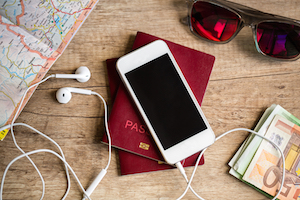

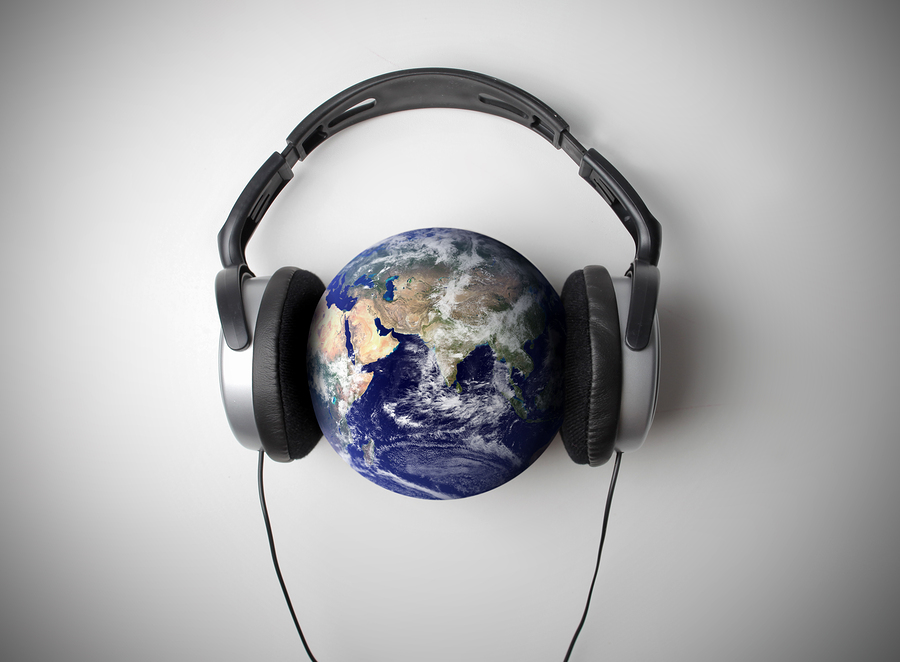

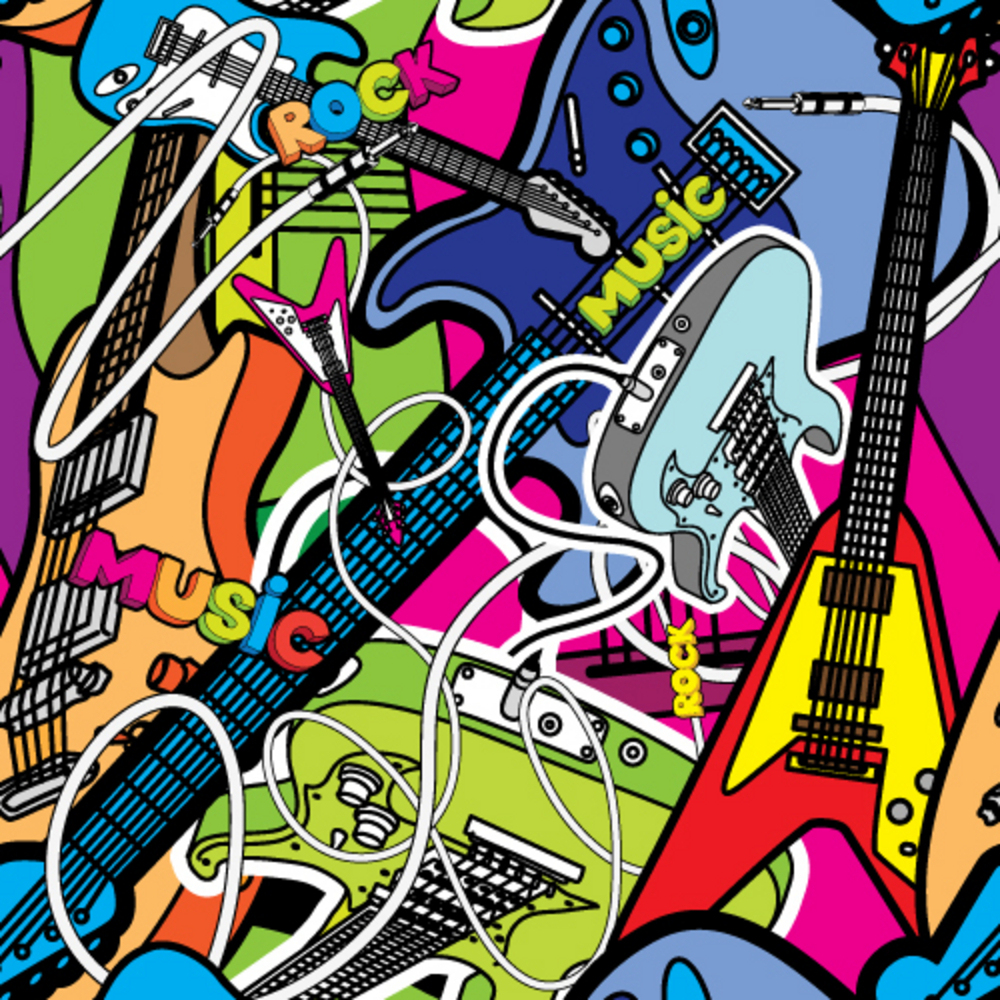

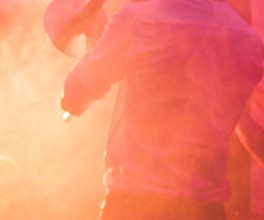




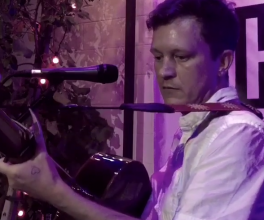
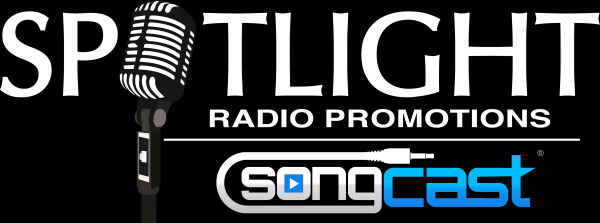
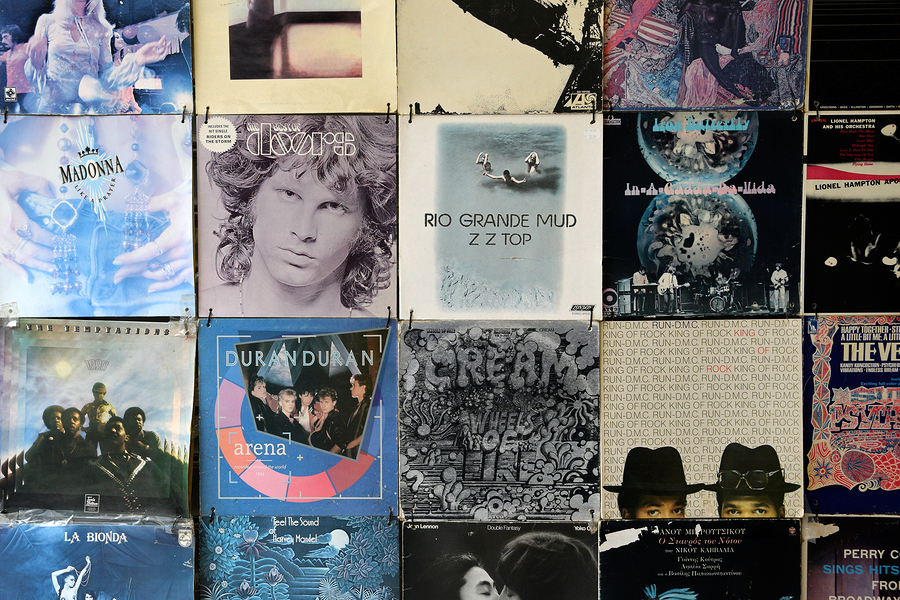





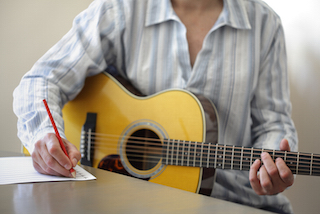
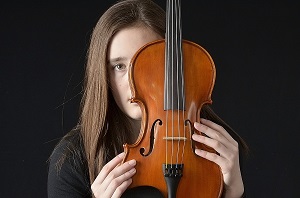

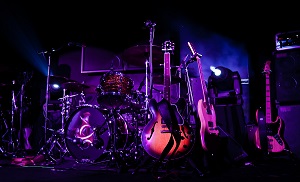

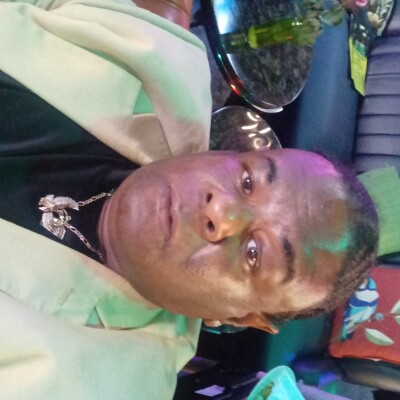






Comments
No comment